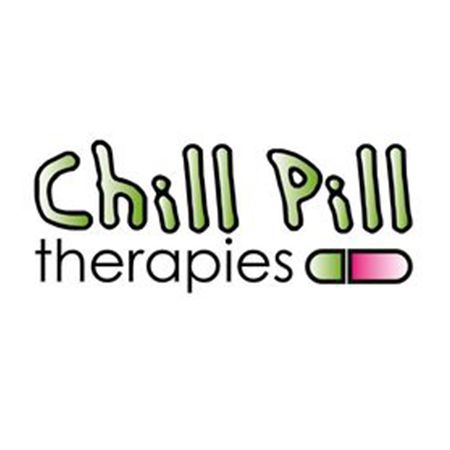
Reflexology is a form of complementary therapy involving pressure being applied to specific areas of the feet to create a positive effect in the corresponding part of the body. Actually, it is a very ancient therapy and has been around in various forms which could go back to the ancient Egyptians.
Ancient Reflexology
Reflexology is a therapy that has been around for more than a thousand years. Actually, it can be traced back to the ancient civilisations of India, Egypt, and China. A pictograph, considered to be the oldest known documentation of reflexology, has been found inside the tomb of an Egyptian physician at Saqqara burial ground, near Cairo, depicting patients having treatments done on their feet and hands. Up until 200AD in Greece, Delphi was an ancient health resort where reflexology was one of the treatments used to create foresight, wellbeing, and relaxation.
The Development of Modern Reflexology
The more modern form of reflexology was first pioneered by ear, nose and throat surgeon Dr. William Fitzgerald (1872-1942). Dr. Fitzgerald founded the Zone Therapy, an earlier form of reflexology. He discovered that by applying pressure on the tips of fingers or toes caused the corresponding body parts to become anaesthetised. Based on this, he divided the body into ten equal zones, which ran from the ends of the toes to the top of the head. By using small clamps on the tips of the fingers, or using tight elastic bands on the middle sections of the fingers, minor surgery could be performed without requiring further anaesthetic agents.
However, the kind of reflexology that we know of today was pioneered by Eunice Ingham (1889 - 1974) who was called the “mother of modern reflexology.” Ingham was a physiotherapist who worked in a doctor's practise using the zone therapy developed by Dr. Fitzgerald. However, Ingham thought that it would be more effective to be practised on the feet instead of the hands. After extensive research, she developed a map of the entire body on the feet, where each point on the foot corresponds to a certain body part. By using acupressure or other massage techniques on these points, a positive is being created in the corresponding part of the body.
Ingham traveled for 30 years around America to teach her method of reflexology to medical staff first and then to non-medical practitioners. Later on, modern western reflexology uses the theories and charts developed by her and called this the Ingham Method. Her work was carried on by the International Institute of Reflexology.
|
Do you have a natural health & wellness business? |









